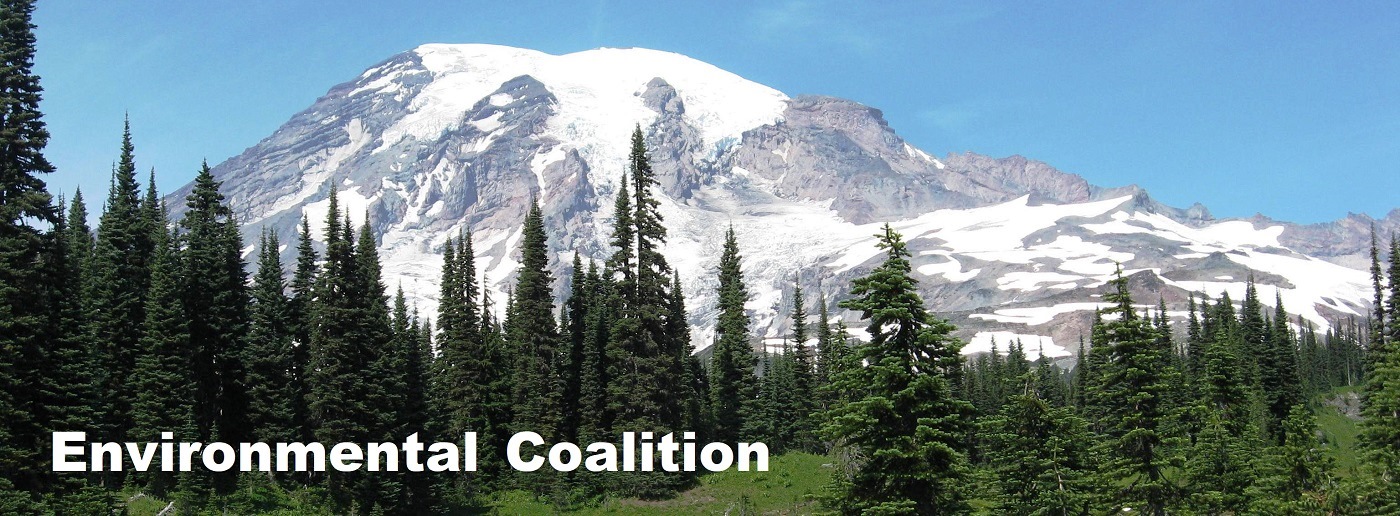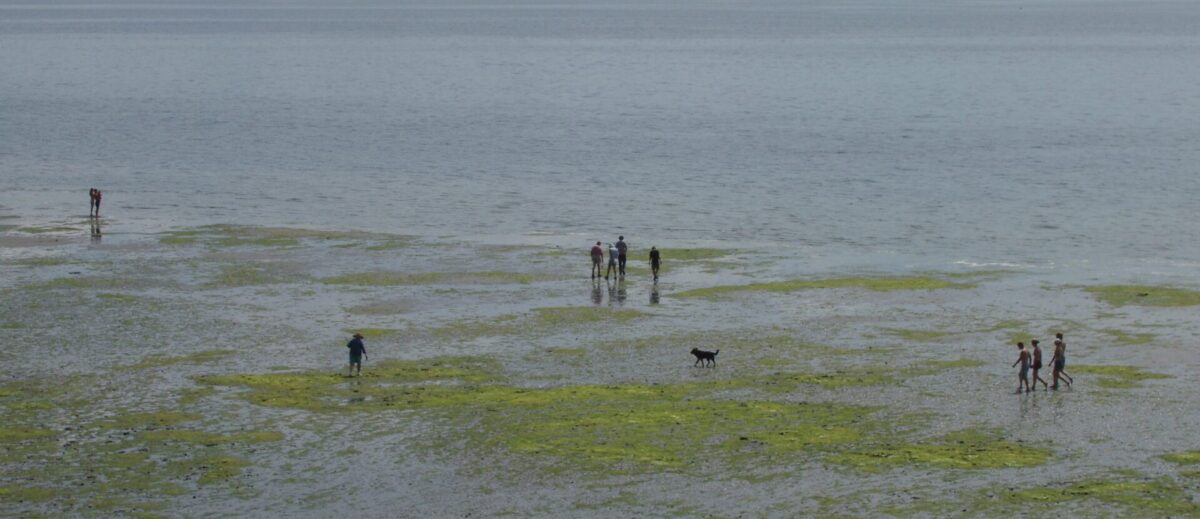by Kirk Kirkland, John Garner and Claudia Finseth
Ghost shrimp are native to the Pacific Coast of North America. They lay their eggs in estuaries, and the newly hatched offspring then leave the estuaries to live and grow in the ocean. When the sfuly shrimp return to the estuaries to lay their eggs in turn, they burrow as deep as one meter into the mud.
Our costal estuaries (where fresh streams meet the sea) are unique ecosystems, rich with biodiversity, and important to the life cycle of many of the native creatures that have adapted, over millions of years, to make the estuaries a crucial part of their life cycles.
But our estuaries are under assault.
Often spraying with pesticides kills native plants and species as much as the target species.
In 2018 shellfish growers requested permits to use the pesticide imidacloprid on shellfish beds to control burrowing shrimp in Willapa Bay and Grays Harbor. An insecticide and pesticide, imidacloprid was sprayed from helicopters at low tide over coastal mudflats to kill the native ghost shrimp and control non-native eelgrass, but in the process it negatively effected native eelgrass, salmon and other species.
At the time, the Department of Ecology denied the request.
Then, in 2019 the Department of Ecology and the Oyster Growers Association signed a settlement agreement to study and monitor the impacts of burrowing shrimp on commercial oyster and clam harvesting in Willapa Bay and Grays Harbor.
Now the Washington State Department Of Agriculture has received $2 million from the Model Toxics Control Account (MTCA) for research on a suitable replacement for the insecticide imidacloprid in the form of other chemical solutions or adding gravel to muddy areas. But these, too, will have substantial deleterious impacts on sensitive eelgrass, salmon and other species.
And now, in March 2025, oyster growers have gotten Bill 1309 passed out of the Washington State House of Representatives and sent on to the Senate Agriculture Committee. Previously we had been able to stop a companion Senate Bill. Our response was to sent more e-mails to Pierce County’s Legislative Delegation and the other Senate members to ask for a “no” vote.
his bill will examine ways to kill burrowing shrimp, perhaps such as smothering them and anything else that lives there, under five inches of gravel. We need to pause here and state the obvious:
Our coastal estuaries are not farms – they are natural ecosystems that should not be sprayed with chemicals, cultivated with a tractor, nor smothered under gravel.
This bill proposes a gift of public funds to benefit a few individuals. These public funds support an activity that is not in the public interest.
The bill requires that time and money be spent to help industry find funding for equipment acquisition as well as support the necessary permitting to implement the control methods they come up with. It’s possible that this bill will appropriate taxpayer dollars for private-for-profit special interest.
HB 1309 fails to recognize that burrowing shrimp are native to Washington waters and an important part of the food web for humans and wildlife. While burrowing shrimp are native, most commercially grown oysters are non-native. They were introduced from Asia. So this bill ignores the fact that burrowing shrimp are a natural part of coastal bays and estuaries that support birds, fish, crabs, salmon and people.
This bill presumes that our coastal bays and estuaries are farms that need to be managed, rather than natural ecosystems, that under the right circumstances and at the right scale, can support commercial shellfish operations.
This bill is intended to find other means of killing burrowing shrimp but does not preclude chemical means. Ecology prevented the use of potent insecticides containing agents that attack the central nervous system of animals.
This bill is dominated by industry representatives, having been set up to require board members “have a clear stake or vested interest” in the shellfish industry. The bill is consequently biased toward the interests of industry and away from the interest of the public and our natural ecosystems. The bill is further explicitly set up to give present and future control to industry rather than the broader public interest.
Further, incredulously and outrageously, only one member of the proposed board is allowed from an “ecosystem-based management collaborative” but even they supposedly will have a “vested interest or clear stake” in the industry. How is this a balanced board?
In late March, when the House Bill came back for a second hearing in the Senate Agriculture committee, it was moved on to Ways and Means in the Senate despite our protests at the hearing.
From this point on it will be hard to stop once it gets to the floor of the Senate. Hopefully the governor will veto it. If not, then we’ll protest against funding it in the state budget.
The Environmental Coalition of Pierce County does not work alone. We coordinate our message and our advocacy at hearings with advocates from Hood Canal and Puget Sound. We share information and speak out against any proposals to expand the Shellfish Industry at the expense of the natural ecosystems when they apply for county permits.
In 2019, working together with the Coalition To Protect Puget Sound Habitat, we won a federal court decision that revoked 900 permits. But, sadly, since 2020 the Army Corps of Engineers has issued over 300 new permits and Puget Sound counties have issued over 20 new permits. These permits were issued without a Cumulative Impact Analysis—as required by the Federal Judge.
In response, the Center for Food Safety is slowly repealing each of those 300 permits. The Coalition To Protect Puget Sound Habit and Friends of Burley Lagoon are appealing Pierce County’s conditional Use Permit for a 30 acre geoduck aquaculture in Burley Lagoon.
Please contact your elected officials and let them know you oppose putting any industry before the welfare of our natural environment.
[end 987


